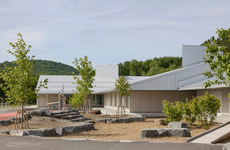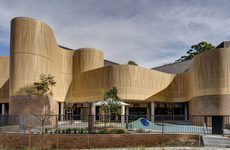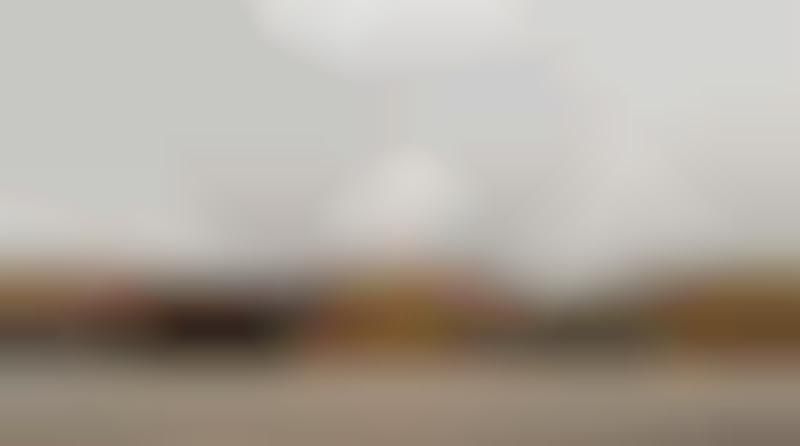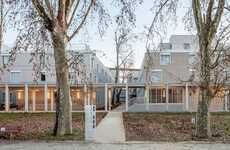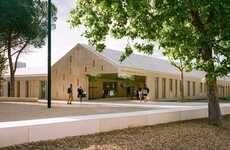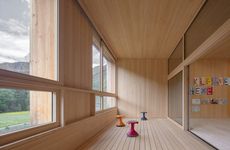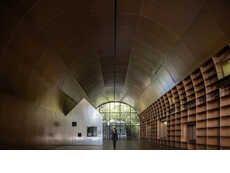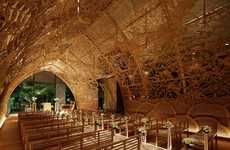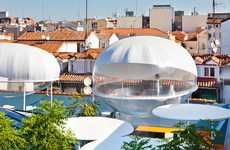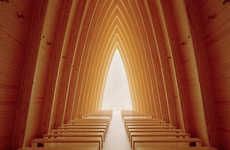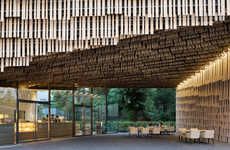
LCR Architects Builds a Structure That Changes Over Time
Jamie Danielle Munro — August 29, 2014 — Art & Design
References: designboom
Located in France, this public school by LCR Architecture is made predominantly out of copper material. Due to this choice, the school is guaranteed to change in appearance over time, and can be noticed from a ways away.
The school is made up of distinct sections, so that students and teachers are able to walk around the grounds and know where things are with ease. The building does not go extremely high, and instead stretches out over a larger area. Regardless of size or shape, its the material used for the building of the structure that makes it so unique, since copper is not really a normal choice when completing the construction of a school.
LCR Architecture firm made a bold move with this school in France.
Photo Credits: designboom
The school is made up of distinct sections, so that students and teachers are able to walk around the grounds and know where things are with ease. The building does not go extremely high, and instead stretches out over a larger area. Regardless of size or shape, its the material used for the building of the structure that makes it so unique, since copper is not really a normal choice when completing the construction of a school.
LCR Architecture firm made a bold move with this school in France.
Photo Credits: designboom
Trend Themes
1. Copper-utilized Architecture - Using copper as the main material for architectural structures presents disruptive innovation opportunities for creating visually striking buildings that change over time.
2. Distinctive School Design - Designing schools with distinct sections and spacious layouts provides disruptive innovation opportunities for creating efficient and easily navigable learning environments.
3. Unconventional Construction Materials - Exploring alternative materials like copper for constructing schools opens up disruptive innovation opportunities to create unique and eye-catching educational buildings.
Industry Implications
1. Architecture - The architecture industry can explore the use of copper as a main material to create visually captivating structures that evolve over time.
2. Education - The education industry can adopt distinctive school designs with clear sections and spacious layouts to enhance learning experiences and promote efficient navigation.
3. Construction - The construction industry can gain disruptive innovation opportunities by experimenting with unconventional materials like copper to construct buildings that stand out and attract attention.
0.7
Score
Popularity
Activity
Freshness



